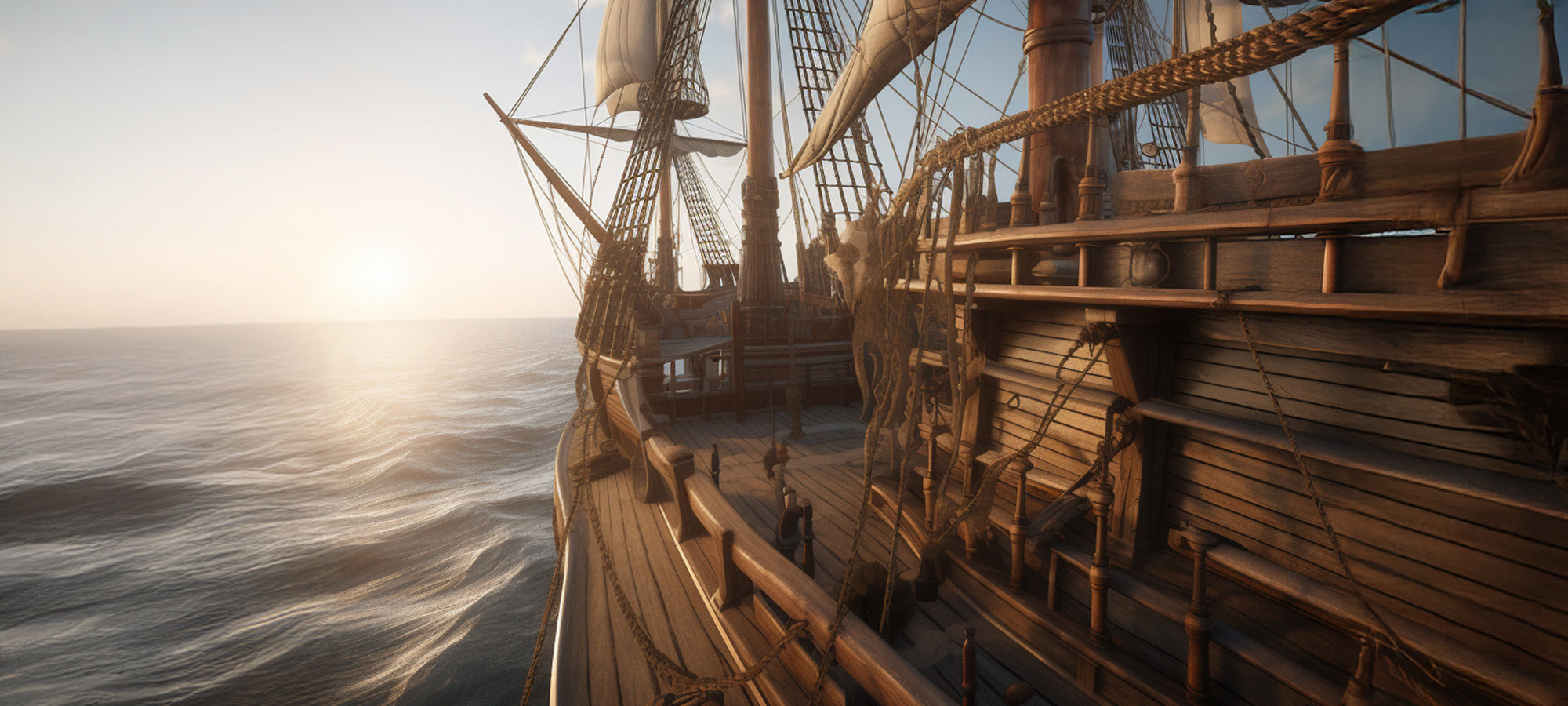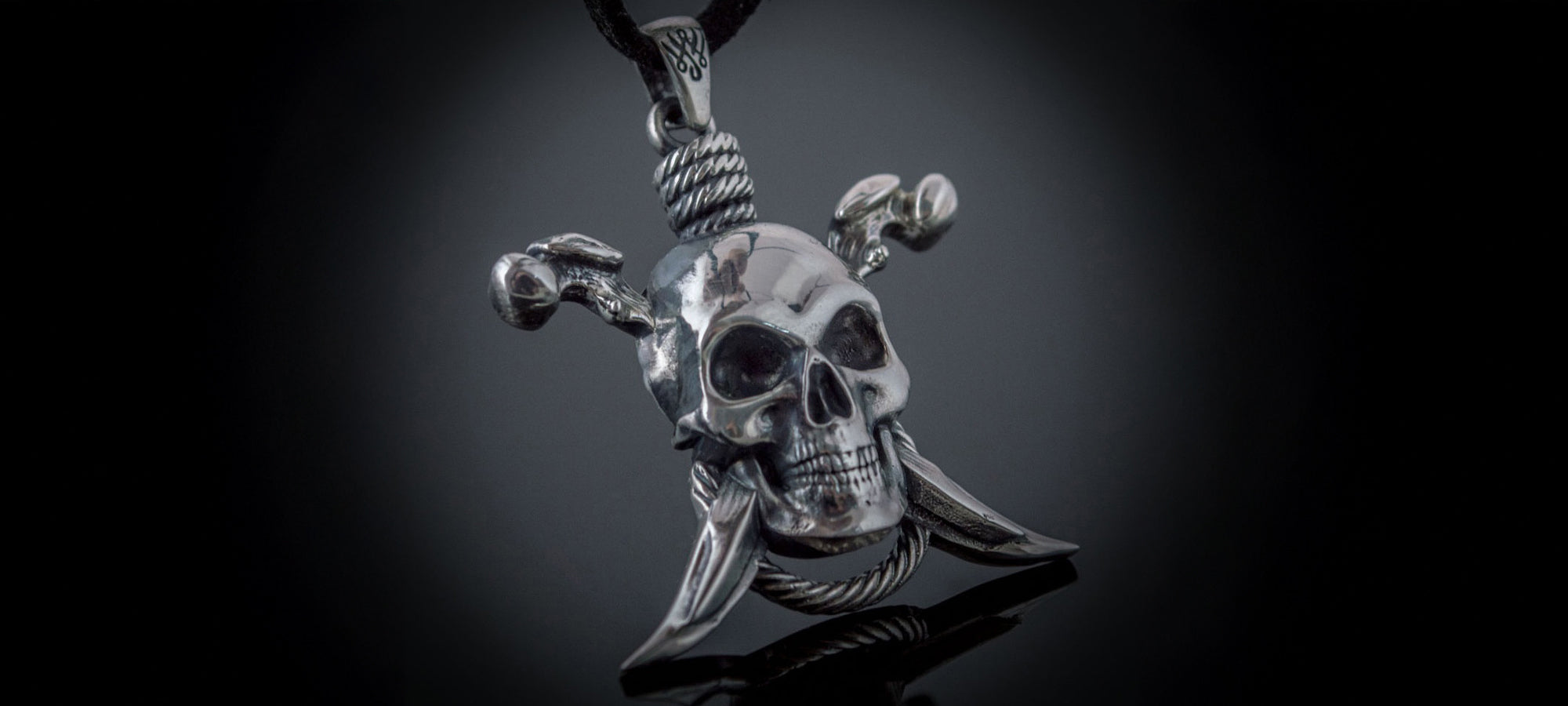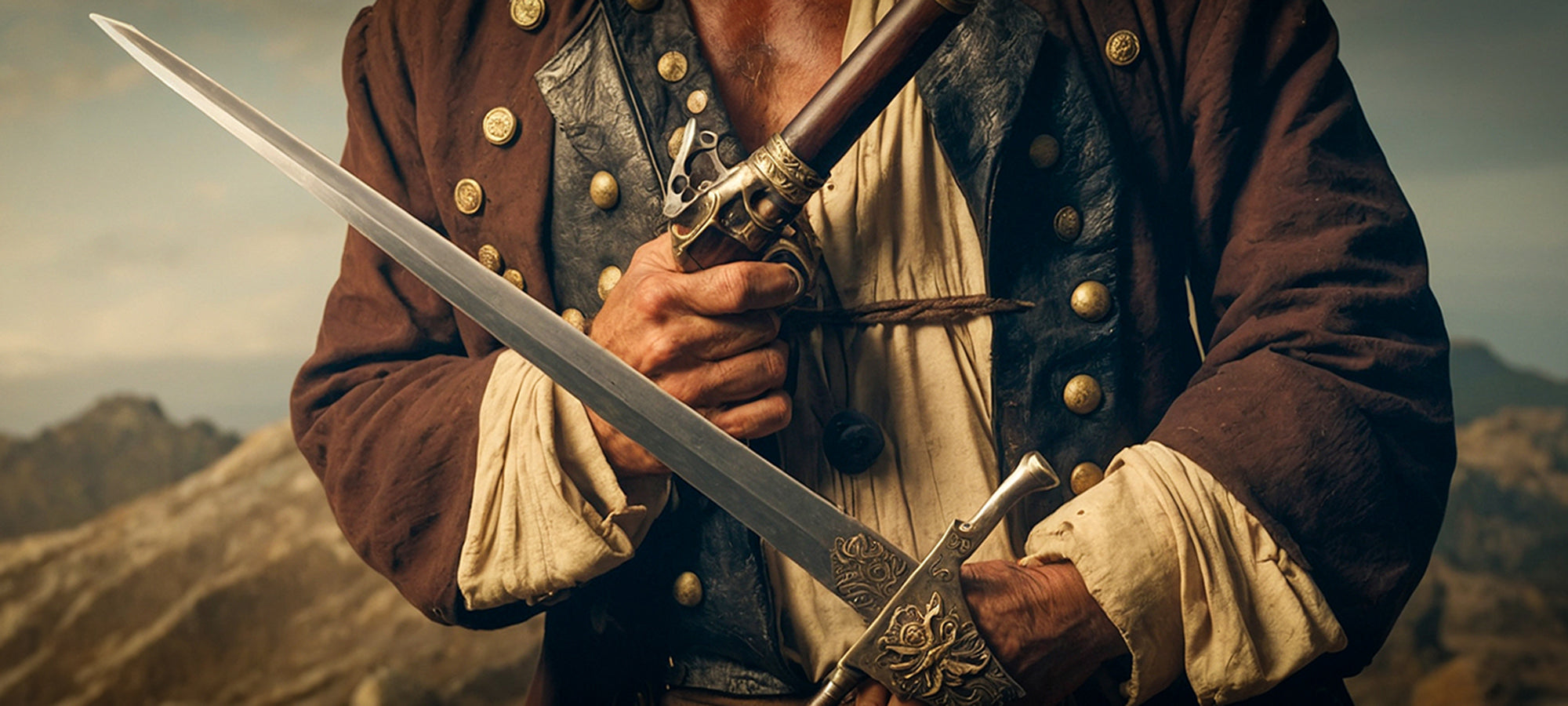
Pirate Customs and Lore
The world of piracy has long been shrouded in mystery and intrigue, with stories of daring heists, fierce battles, and treacherous villains capturing the imaginations of people across the globe. Yet beyond the swashbuckling legends and tall tales, there lies a wealth of customs and lore that help us understand the lives and beliefs of these maritime outlaws. This essay will delve into the depths of pirate customs and lore, exploring their unique way of life, the myths and superstitions that guided their actions, and the legacy they left behind.
Pirate Customs
Pirate life was governed by a set of unwritten customs and codes that dictated the behavior of pirates and shaped their unique culture. One of the most well-known customs was the Pirate Code, a set of rules created to maintain order and discipline among the crew. These codes varied between individual pirate captains but often included guidelines on the division of spoils, the prohibition of gambling or drinking on board, and the punishment for crimes committed against fellow crew members.
Another important custom was the democratic nature of pirate society. Pirates operated as a collective, with decisions often made by a majority vote, and the captain's authority limited to times of battle. This egalitarian system extended to the division of loot, with crew members receiving an equal share and any injured pirates compensated for their injuries.
Pirate Lore and Superstitions
The world of pirates was filled with myths, legends, and superstitions that influenced their actions and beliefs. Sea-faring lore played a significant role in pirate life, with various superstitions dictating their behavior. For example, many pirates believed that whistling on board a ship would summon strong winds and storms, while others considered the sight of a black cat or the killing of an albatross to be harbingers of bad luck.
Pirates also believed in the supernatural, with stories of ghost ships and cursed treasure abound. The infamous Flying Dutchman, a ghost ship said to be cursed to sail the seas for eternity, was a popular myth among pirates and sailors alike.
One notable piece of pirate lore is the tale of Davy Jones' Locker, a mythical place at the bottom of the sea where the souls of drowned sailors were said to reside. This legend served as a cautionary tale for pirates, reminding them of the perils and uncertainties that awaited them on the high seas.
The Kraken - Mythical Monster of the Deep
The Kraken, a legendary sea creature of colossal proportions, has been a source of fascination and fear for centuries. This mythical beast has dominated sailor tales, folklore, and literature, embodying the terrifying mysteries of the ocean's depths. This essay will explore the origins, characteristics, and cultural significance of the Kraken, painting a vivid picture of this legendary monster of the deep.
Origins and Characteristics of the Kraken
The origins of the Kraken can be traced back to the ancient maritime folklore of Scandinavia. Initially described in the 13th century Old Icelandic saga, the Örvar-Oddr, the Kraken was depicted as a sea creature so enormous that its size was often mistaken for an island. It was said to dwell off the coasts of Norway and Greenland, where it preyed on unsuspecting sailors and fishermen.
Is a Kraken A Squid or an Octopus?
Characteristics of the Kraken have varied across different tales and accounts, but common themes portray the creature as colossal, with a vast array of tentacles capable of pulling entire ships under the water. Its enormous size and its ability to create powerful whirlpools when submerging were said to be the Kraken's most terrifying features. These attributes have often been likened to those of a giant squid or octopus, leading some to believe that the myth of the Kraken may have originated from sightings of these large cephalopods.
Do Kraken Exist?
No, but the Kraken myth has had a significant influence on popular culture and literature, often symbolizing the inexplicable and terrifying mysteries of the sea. Its most famous literary appearance is in Alfred Lord Tennyson's sonnet, "The Kraken," where the creature is described as lying dormant at the bottom of the sea, waiting for the end of the world.
The Kraken has also made a significant impact on modern popular culture, making appearances in numerous films, video games, and novels, often as an insurmountable adversary or a symbol of nature's untamed and destructive power. Its notable representations include the Pirates of the Caribbean film series and Jules Verne's novel Twenty Thousand Leagues Under the Sea. It Has also inspired a number of our jewelry designs, including the Kraken and Skull Sterling Silver Pendant, Curling Kraken Sterling Silver Ring and the Kraken and Skull Silver Ring.


